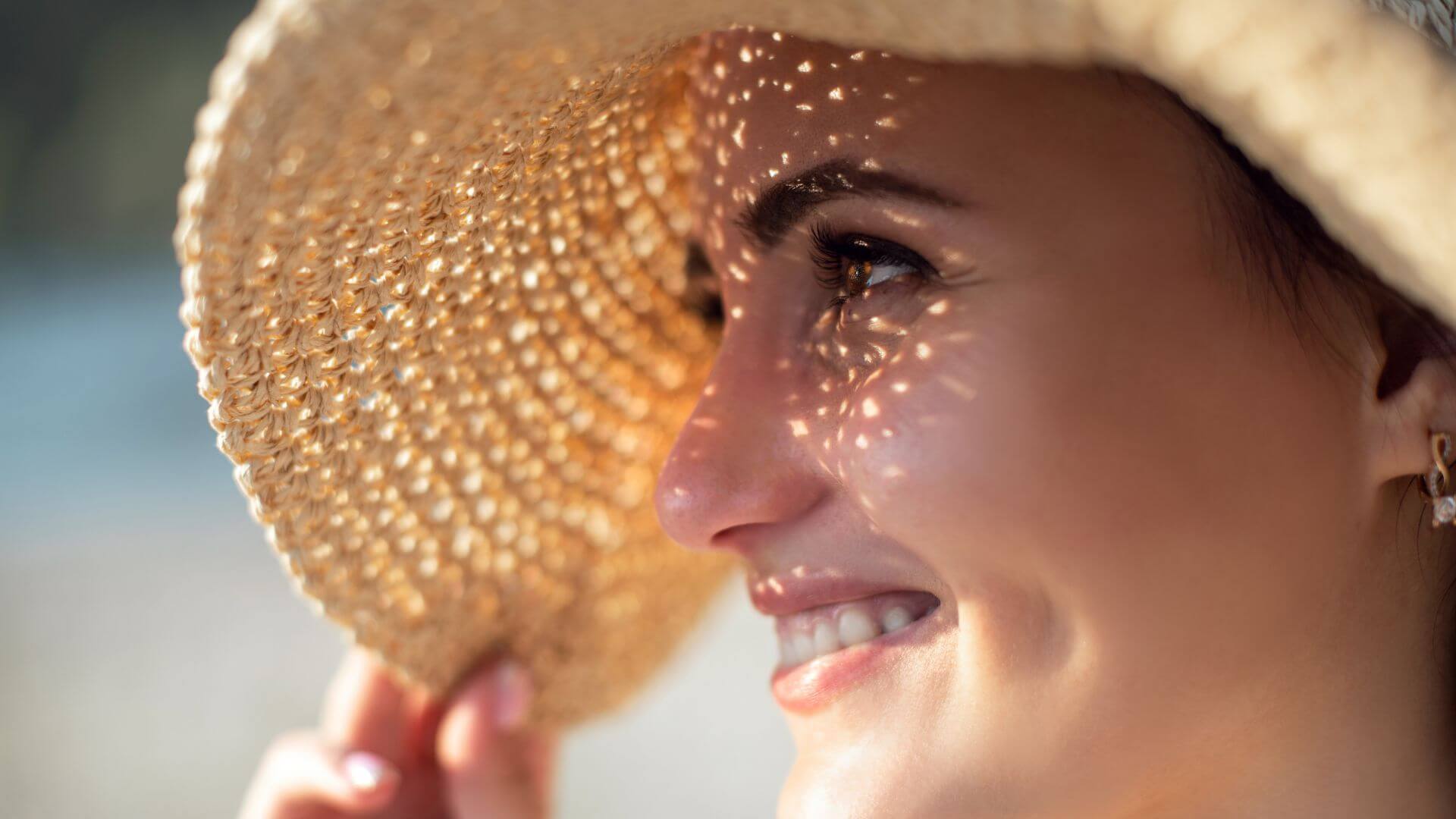Protecting your skin from harmful UV rays is a key component of any skin care routine. Overexposure to ultraviolet (UV) radiation from the sun can lead to various skin issues, from premature aging to an increased risk of skin damage. While spending time outdoors offers many benefits, adopting effective sun protection strategies helps keep your skin healthy. This guide explores practical steps to shield your skin and reduce UV exposure.
How Does Sunscreen Work and What SPF Should You Use?
Sunscreen is a widely recognized tool for protecting skin from UV rays. It works by either absorbing or reflecting UV radiation before it can penetrate the skin. Broad-spectrum options protect against both UVA and UVB rays, which are responsible for skin aging and sunburns, respectively. Incorporating sunscreen into your skin care regimen can significantly reduce the impact of sun exposure.
Selecting an appropriate SPF (Sun Protection Factor) is key to effective protection. SPF 30 is recommended for daily use, providing protection by blocking roughly 97% of UVB rays. Those with fair skin or spending extended periods outdoors may benefit from higher SPF levels. Applying sunscreen generously and reapplying every two hours enhances its effectiveness, especially after swimming or sweating.
How Can Clothing and Accessories Help Shield Your Skin?
Clothing and accessories can serve as an extra layer of defense against harmful rays. Long-sleeved shirts, pants, and wide-brimmed hats create physical barriers that prevent UV rays from reaching the skin. Tightly woven fabrics and darker colors are particularly effective at offering greater protection compared to lighter, loosely woven materials.
Accessories like sunglasses also contribute to comprehensive sun protection. Opt for sunglasses with 100% UV protection to shield the delicate skin around the eyes. Adding these items to your daily wardrobe provides a practical solution for reducing UV exposure while maintaining comfort and style.
What Role Do Shade and Shelter Play in UV Protection?
Seeking shade during peak sunlight hours is an effective method for minimizing skin exposure to UV rays. The sun’s intensity peaks between 10 a.m. and 4 p.m., so limiting direct exposure during these times reduces the skin’s contact with harmful radiation. Staying in shaded areas, like under an umbrella or tree, creates natural protection.
Artificial shelters, such as canopies or sunshades, are also useful when natural shade is unavailable. Portable options provide flexibility, making them especially valuable during outdoor activities. Pairing these strategies with other forms of sun protection multiplies their effectiveness.
What Are Common Mistakes People Make with Sun Safety?
While many people take steps to protect their skin, common mistakes can reduce the effectiveness of sun protection efforts. These oversights may leave the skin vulnerable to UV rays without realizing it.
Some frequent errors include:
- Applying sunscreen too sparingly. Sunscreen needs to be applied in a thick layer to achieve the SPF indicated on the product label.
- Skipping certain areas. Parts of the body like the ears, neck, and tops of feet are often missed during application.
- Relying solely on sunscreen. Sunscreen is just one part of sun safety and works best when combined with other protective measures.
- Failing to reapply sunscreen. Even water-resistant formulas need to be reapplied after swimming, sweating, or towel drying.
Avoiding these mistakes helps maximize your sun protection efforts. Being mindful of both the correct use of sunscreen and additional protective measures keeps your skin healthier.
Consult a Skin Care Professional
Protecting your skin from harmful UV rays begins with small, consistent steps. Incorporating sunscreen, wearing protective clothing, and seeking shade all contribute to better skin care practices. You can also avoid common missteps by being thorough and combining multiple methods of protection for greater effectiveness. Contact us today to learn more and start protecting your skin with confidence.


Leave a Reply